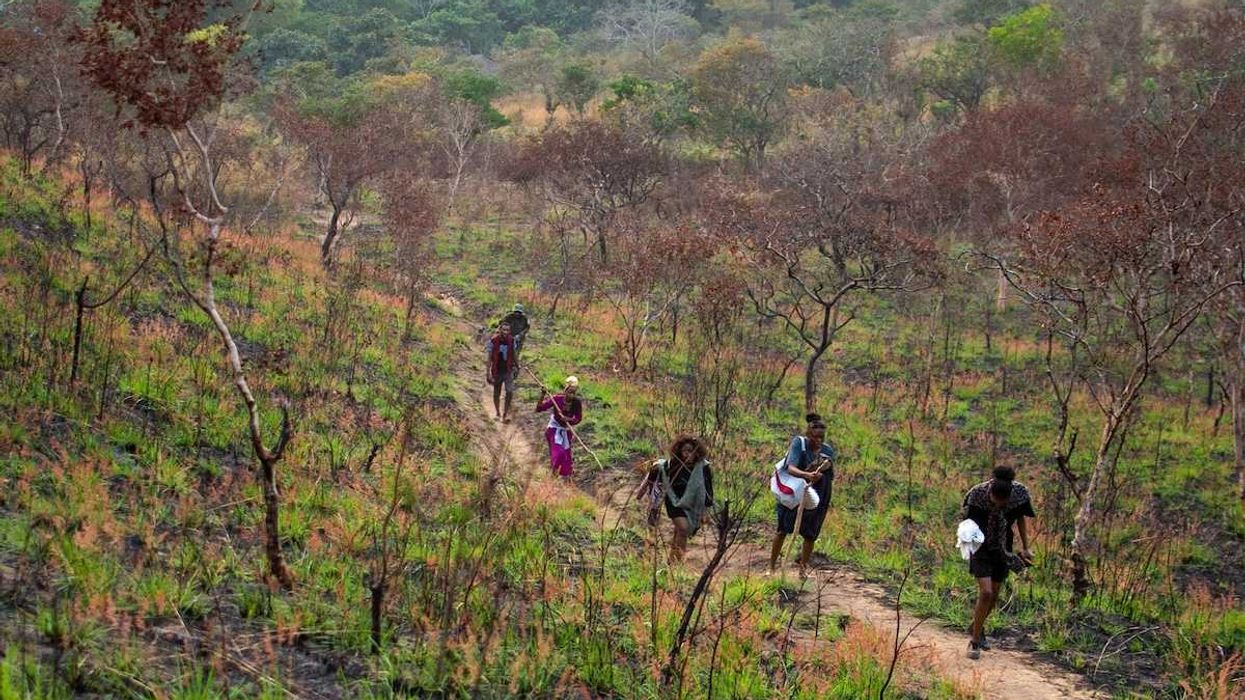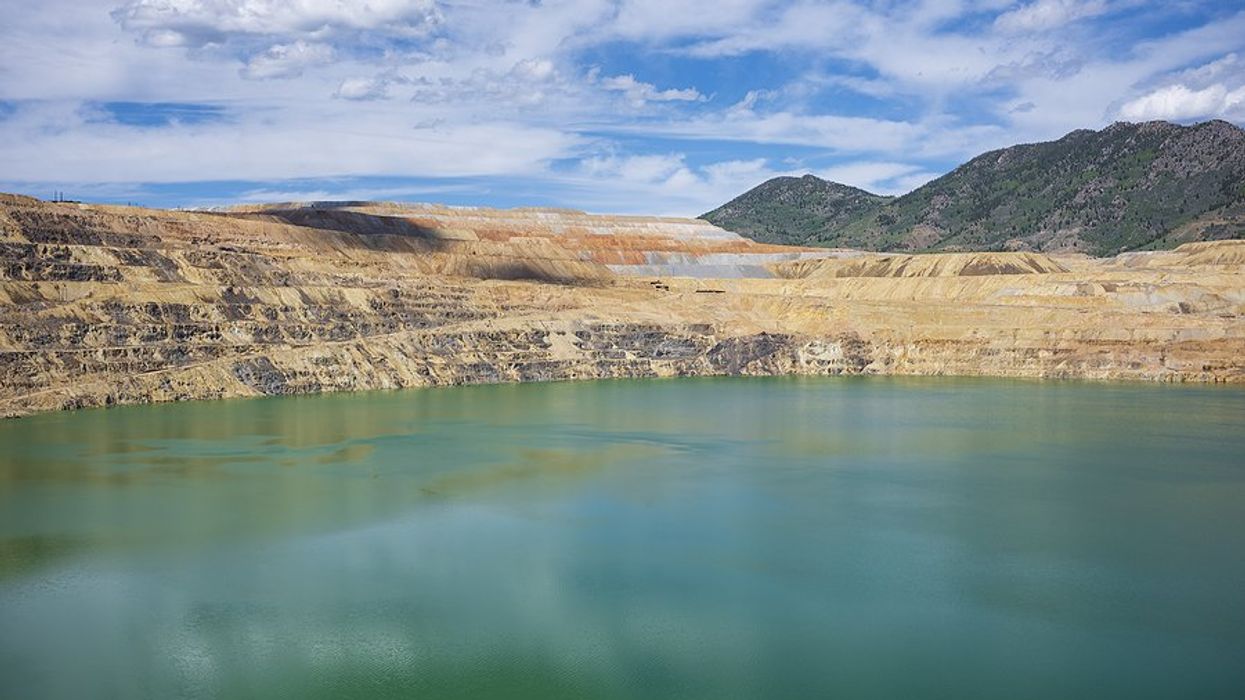The Trump administration has limited data-sharing at the Centers for Disease Control and Prevention (CDC), raising concerns among experts that the move could hamper efforts to track and contain the rapidly spreading bird flu outbreak.
Kiley Price reports for Inside Climate News.
In short:
- The H5N1 bird flu has affected over 136 million birds in the U.S. since 2022 and recently spread to dairy cattle, raising concerns about its evolving nature.
- The Trump administration recently paused CDC publications, delaying crucial bird flu data and removing key information from reports, alarming health officials.
- Infectious disease experts warn that limited access to timely, reliable data could fuel misinformation and weaken efforts to prevent a human outbreak.
Key quote:
“We only know in retrospect when we hit the right amount of panic on this or not, but I think we can say with assurance that … without adequate data [and] without reliable data, then what that leaves is a vacuum. That vacuum is filled with speculation, and that leads to a tremendous amount of harm.”
— John Swartzberg, clinical professor emeritus, University of California, Berkeley School of Public Health
Why this matters:
The spread of bird flu from birds to mammals, including humans, is a troubling development, even if the immediate risk to the general public remains low. The recent human fatality in the U.S., along with confirmed infections in dairy cattle and farm workers, highlights the virus’s ability to jump species — a crucial factor in pandemic potential. Scientists have long warned that such spillover events increase the risk of the virus evolving in ways that make human-to-human transmission more likely. Transparency in tracking and reporting cases is essential, yet recent efforts to limit the release of CDC data on bird flu raise concerns.
Related: Bird flu's toll on wildlife and potential risks to humans














